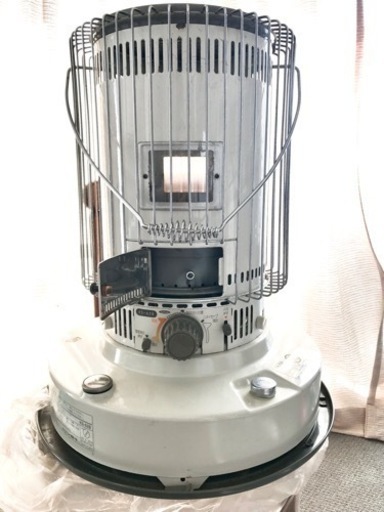
ホンダエリシオン買ったら即交換、リア強化アッパーマウント
 タイムセール
タイムセール
999円以上お買上げで代引き手数料無料
商品詳細情報
| 管理番号 | 新品 :20067059 | 発売日 | 2025/05/05 | 定価 | 8,250円 | 型番 | 20067059 | ||
|---|---|---|---|---|---|---|---|---|---|
| カテゴリ | |||||||||
ホンダエリシオン買ったら即交換、リア強化アッパーマウント
商 品詳細 硬質リアマウントウレタンブッシュ リアのみです。フロントには付きません。 リアマ ウントブッシュ一台分4個 一 式8250円です。 サスペンション構造を理解している方、脱着交換が出来る方向けです。 取付方法やよく理解していない質問などはご遠慮下さい。 とにかく人気です。通算実績300台以上を販売しております。 高速道などのワダチや車線変更でリア足がフラつきませんか? ホ ンダのNシリーズ ミニバンやSUVヴェゼル、ステップワゴンRGRKやエリシオン全車種、FDシビックtypeRなどはリアのサスペンション構造上、画像3番目のショッアブソーバーの上部マウントを柔ら かく、しなやかにさせるために柔らかい材質が使われておりますが社外のサスペンションに交換した車両や走行距離が伸びた車種ですと高速走行時にリアサス ペンションのバタつき、車体のふらつきが激しく、ハンドルが取られたり、不快な音に悩まされたります。この 商品はそのような現象を ウレタン材に刷る事によって 解消する物です。また硬質ウレタン材なので凄く長持ちします。 使用用途:リアマウントブッシュ 実 は凄い効果: いくらアラ イメントを 取ってもボディがふらつくような感覚、高速のふらつきなどの原因はリアテンションブッシュが原因です。 乗り心地の良さ、変化に驚きます。 直 進性が良くなった、 ハンドリングが軽くなった、ふらつきが消えた。 コー ナーで安心して曲 がれる。 雨 の日のふらつき無く なった。 ブ レーキがよく効く、ふらつきが 無い。 運 転していて、車格が変わった。 安心利用 販売実績が違います。 販売開始から20年来拘りが違います。製品は厳し い製品管理をしております。 当方、製品は環境問題を考えて加工後に総て洗浄、 殺菌加工されております。 安く・安全・安心してご利用お使い出来ます。(安 いのにそれだけ手間隙掛かってます。) 粗悪な製品は加工時の油汚れが大量に付着しており ます。 どうせ汚れるから・・・そんな適当な製品嫌でしょう? 商品取付が出来ない方は神奈川県厚木市内、東京都町田市内で提携取付店があります。別途工賃になります。


























